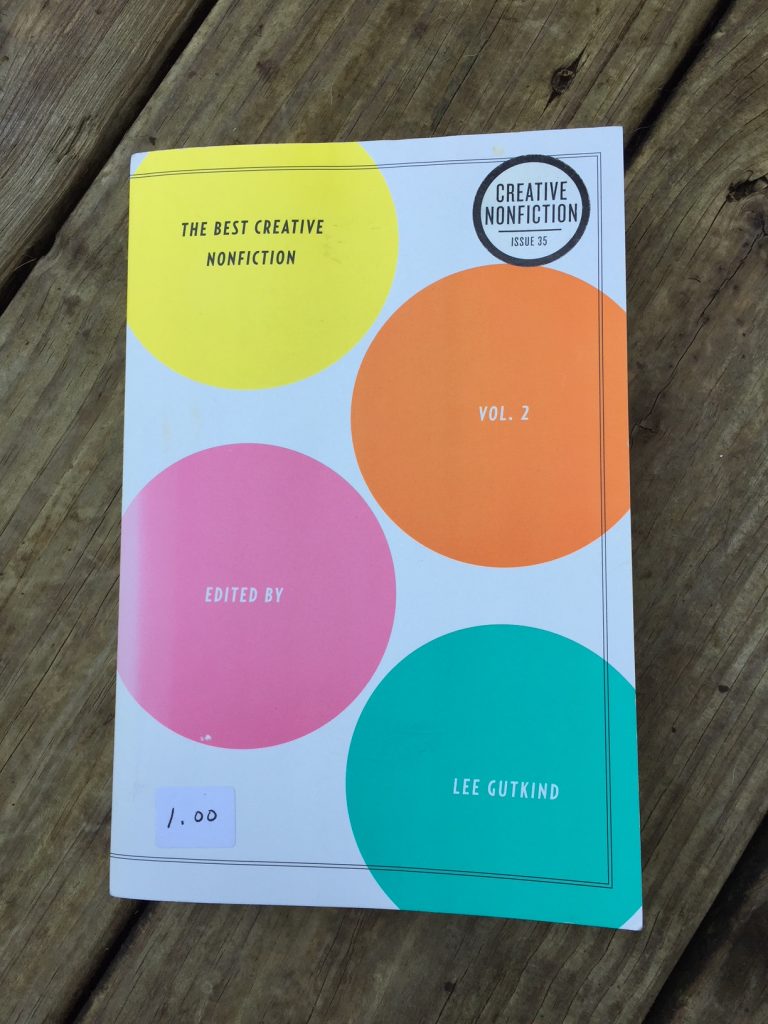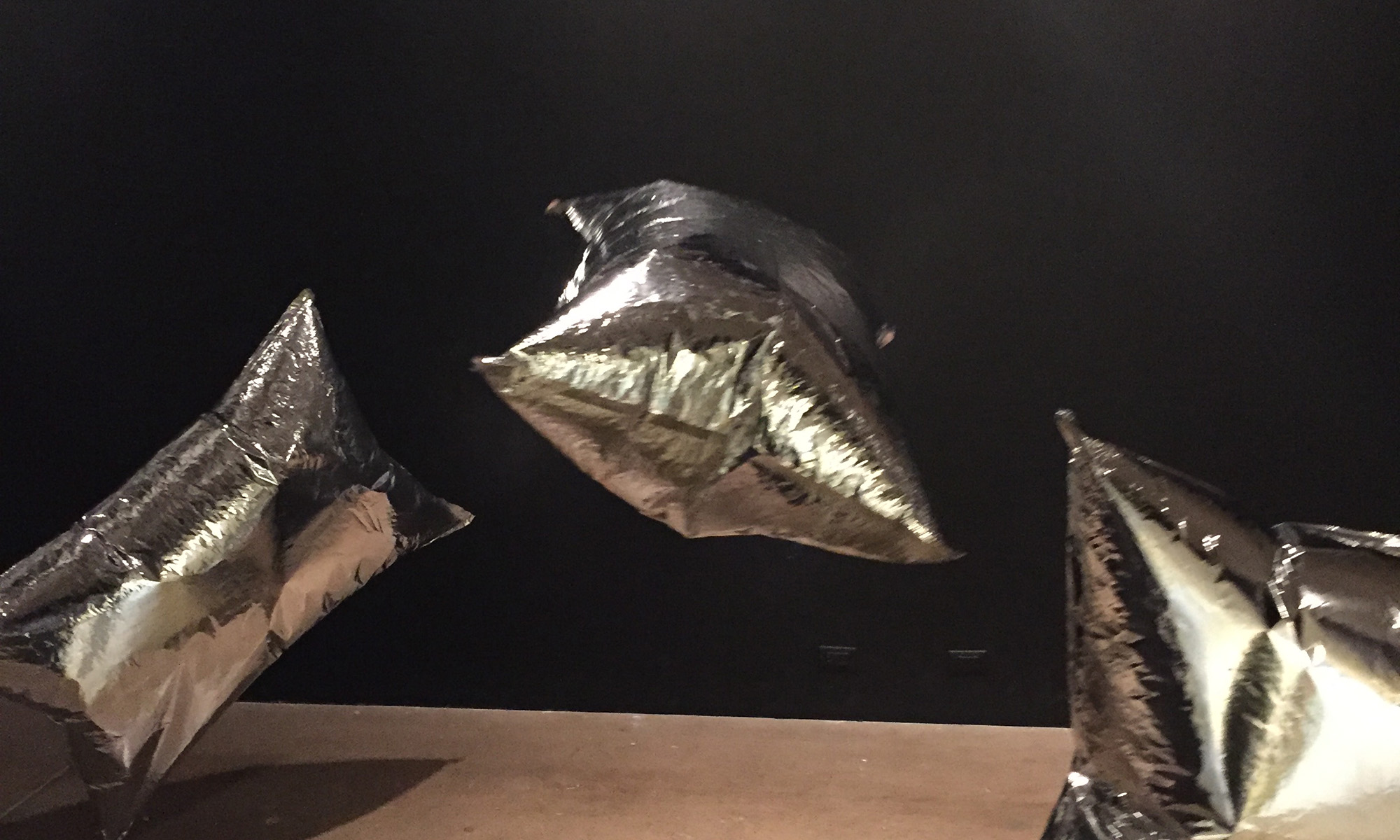I found this volume at a book sale in May. Cobbled together from obscure sources like The Big Ugly Review and some familiar ones, like Harper’s, by editor Lee Gutkind, a professor at the University of Pittsburgh, this volume was worth the $2 I paid just for the story Moby Duck, which is about a shipping container of children’s bathroom toys, all 28,800 of them, that was lost at sea.
The boat in question was traveling from Hong Kong to Tacoma on January 10, 1992. The toys slipped overboard at 44.7 degrees N, 178.1 degrees E. Shipping containers are stacked like legos on a boat deck, but if said boat rolls more than 35 degrees, then the containers can break lose and sail into the open sea. The water pressure will crack the casing as the container sinks.
About 18 months later, the toys started showing up on beaches in Alaska. The author traces the toys through small newspaper ads and beach combing community publications. The toys – a red beaver, a blue turtle, a green frog, and a yellow duck – would be bleached and changed by their time in the ocean but still recognizable as toys.
Throughout the story, the author explored the rise of popularity of the rubber duck (thanks Sesame Street), the evolution of children’s toys, and, especially, the huge amount of plastic in the Pacific Ocean, which is larger and deeper than the Atlantic with current patterns that form a dead zone where winds fall below 10 knots and lost garbage collects. The North Pacific Garbage Patch encompasses one million square miles of ocean.

